Summary
Fish Species
Weather Forecast
Nearby Streamflow Levels
Angling Safety Guidelines
Check local fishing rules, seasons, size limits, and license requirements to ensure legal and sustainable angling.
Handle Fish Responsibly
Use wet hands, minimize air exposure, and release fish gently to improve survival rates when practicing catch-and-release.
Choose the Right Gear
Match your rod, line, and tackle to the species and conditions to increase success and reduce unnecessary harm to fish.
Respect the Waterway
Avoid disturbing habitat, prevent bank erosion, and keep a safe distance from spawning areas to protect ecosystems.
Keep It Clean
Pack out all line, hooks, bait containers, and trash—discarded gear can injure wildlife and degrade waterways.
Related Links
Area Campgrounds
| Location | Reservations | Toilets |
|---|---|---|
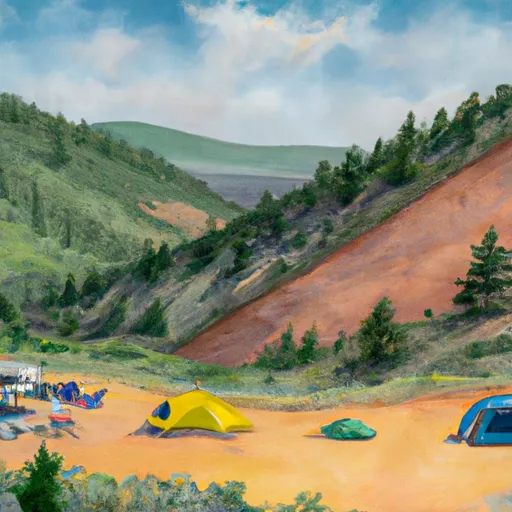 Buckingham
Buckingham
|
||
 Caribou Dispersed Camping Area
Caribou Dispersed Camping Area
|
||
 Jim Creek Campground
Jim Creek Campground
|
||
 Idlewild
Idlewild
|
||
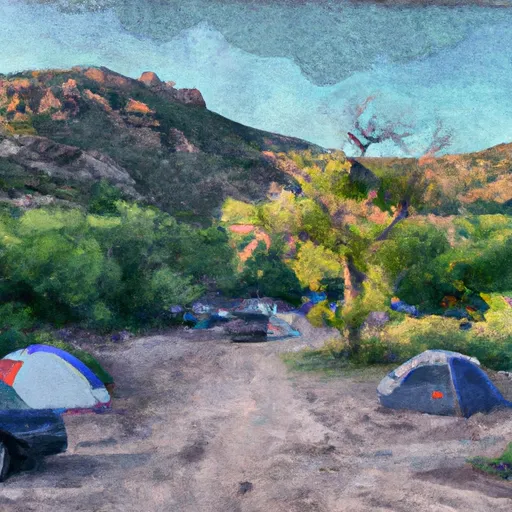 Hideaway Park Dispersed
Hideaway Park Dispersed
|
||
 Midland Group Campground
Midland Group Campground
|

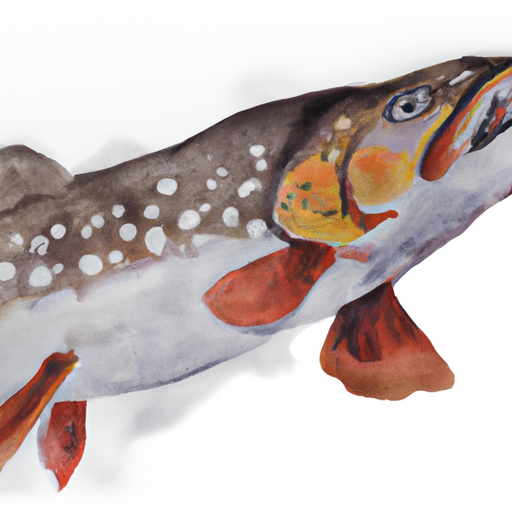 Brook Trout
Brook Trout
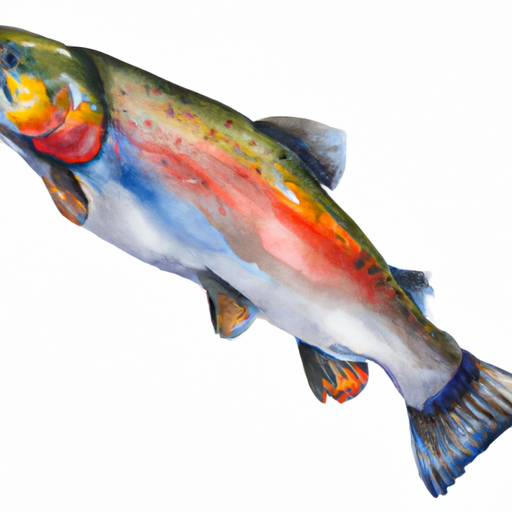 Rainbow Trout
Rainbow Trout
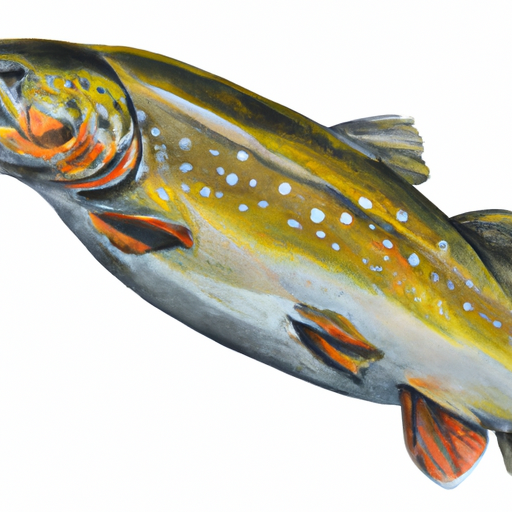 Tiger Trout
Tiger Trout
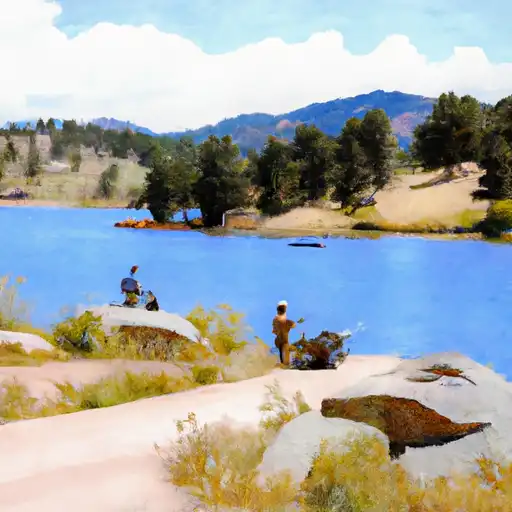 Yankee Doodle Lake
Yankee Doodle Lake
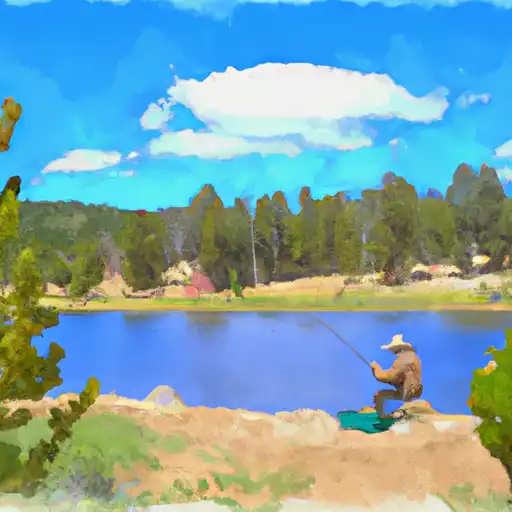 Forest Lakes - IPWA
Forest Lakes - IPWA
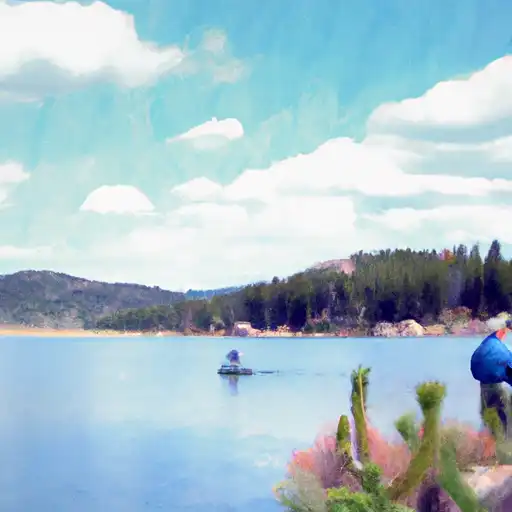 King Lake - IPWA
King Lake - IPWA
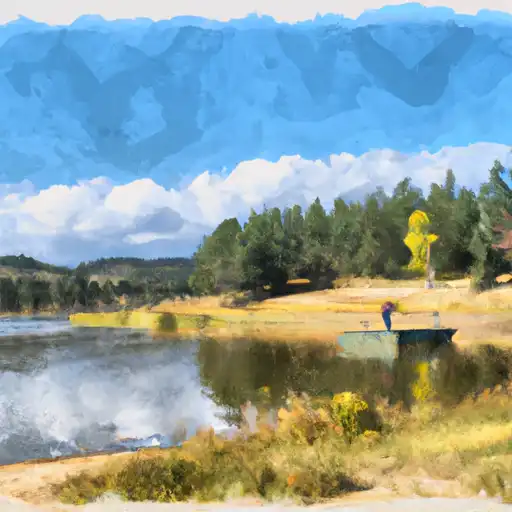 Woodland Lake - IPWA
Woodland Lake - IPWA
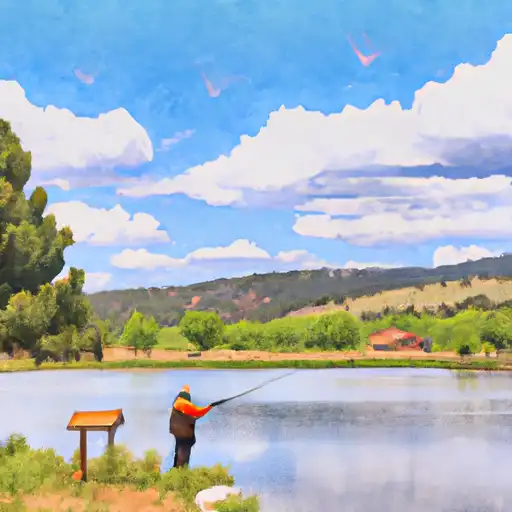 Betty Lake - IPWA
Betty Lake - IPWA

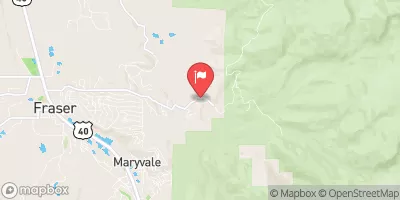



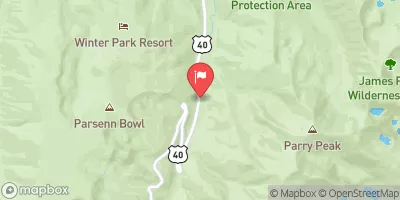
 Skyscraper
Skyscraper
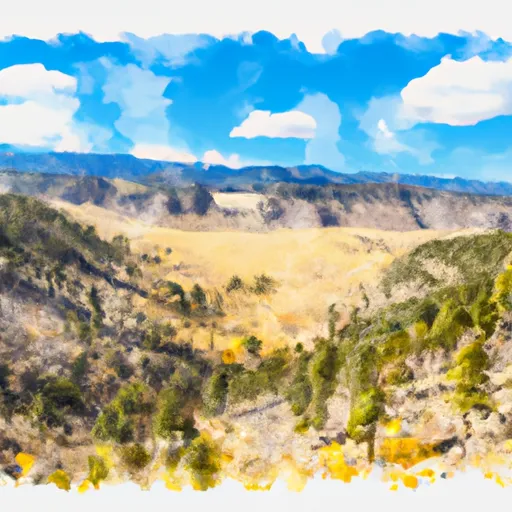 Protection Area (National) Bowen Gulch Protection Area (National)
Protection Area (National) Bowen Gulch Protection Area (National)
 Protection Area (National) James Peak Protection Area (National)
Protection Area (National) James Peak Protection Area (National)
 Wilderness James Peak
Wilderness James Peak